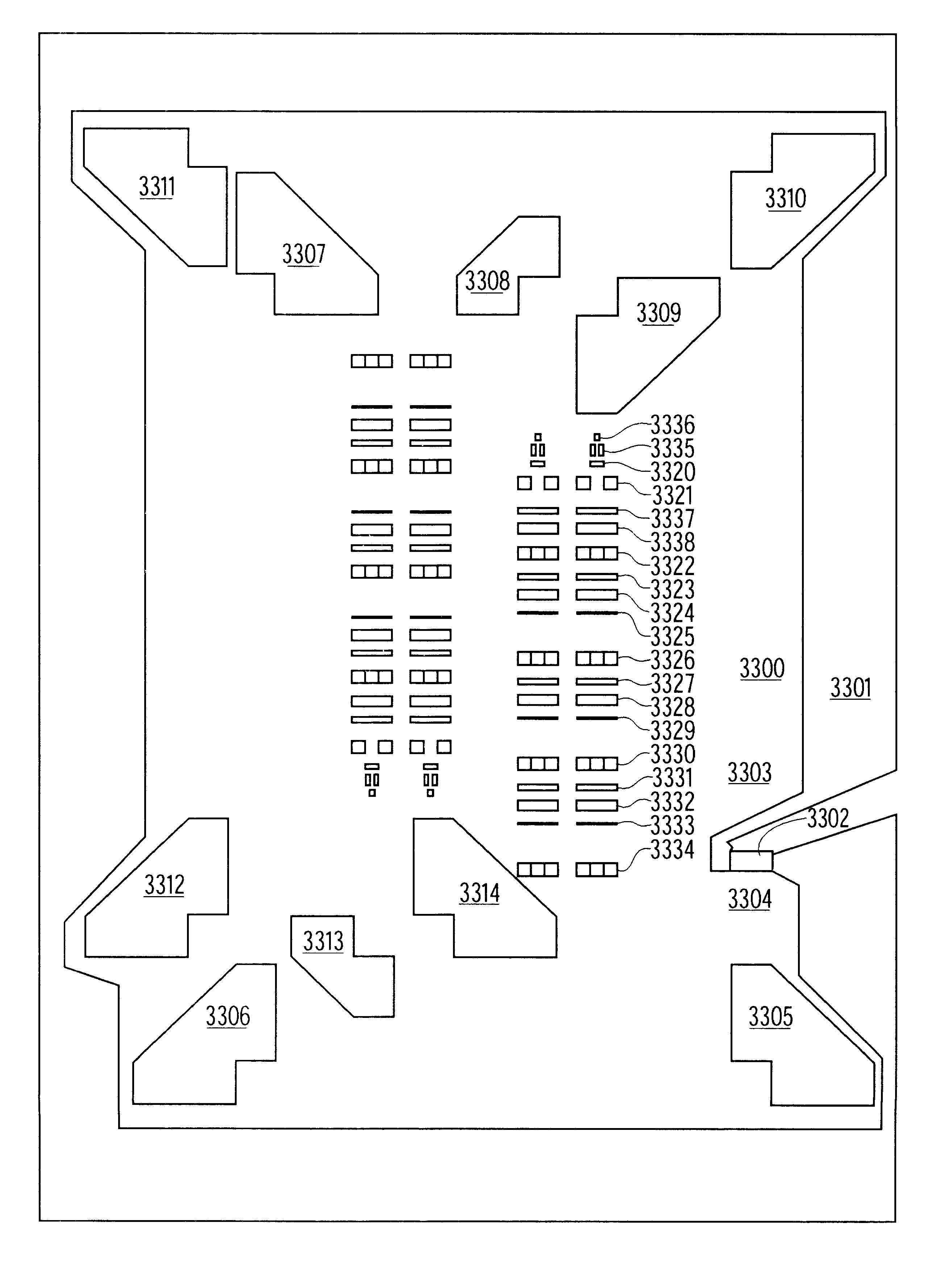Surface acoustic wave transponder configuration
a transponder and surface acoustic wave technology, applied in the direction of generators/motors, instruments, using reradiation, etc., can solve the problems of short transmission time between the radio frequency interrogation system and the transponder, the trade-off between the substrate size and the available encoding complexity, and the substrate siz
- Summary
- Abstract
- Description
- Claims
- Application Information
AI Technical Summary
Benefits of technology
Problems solved by technology
Method used
Image
Examples
example 2
FIGS. 10A and 10B show constellation patterns of quadrature amplitude modulation patterns (QAM), in this case QAM-16 and QAM-18 polar modulation. These patterns demonstrate the separation of modulation states by varying phase and amplitude of a signal. Various QAM constellation exist, including rectangular, polar, elliptic, irregular, and those with incomplete code sets. For example, in the QAM-18 scheme, the 0-phase, 0-amplitude code is unused according to the present invention.
example 3
FIGS. 11A-11C show a beam coverage pattern for a patch-like antenna, polarization axes and potential for spatial discrimination of a tag. By providing lobular and polarized radio frequency transmission patterns, tags in proximity to an interrogation system may be distinguished. For example, where two tags have slightly differing orientations within the interrogation field, a null steered polarization technique may be used. In this case, one transponder produces a substantial output while another transponder is at a "null" or relatively low output level. This may be achieved by differential phase delays, group delays, or frequency responses, for example. Active phased array antennas may also be employed. As an example of this is, a unique set of three different delays associated with any one tag may be provided. Similar diversity may also be proposed in the frequency domain.
The polarization null steering relies on the assumption that each tag has been randomly placed on the article t...
example 4
FIGS. 15-18 show differing embodiments of the acoustic transponder tag according to the present invention. The thick dark line 702 represents the buss bar that drives the transducers 703, 704, 705, 706, 707, 708, 709. The bus bar 702 is laid out in the manner shown so as to enable the RF energy to be inductively coupled into the buss bar 702. As the buss bar 702 passes around the square substrate 700, having a side length of about 10 mm, for the second time it provides the means of driving the transducer 703, 704, 705, 706, 707, 708, 709 located at that respective location with the appropriate differential signal. Each transducer 703, 704, 705, 706, 707, 708, 709 so placed will split the available RF power equally in accord with the number of transducers. This same power loss will be sustained again on the reflected path, i.e. the overall loss due to the split will be 20 log(N). Table 2 provides, in more detail, an analysis of the signal strength of the received signal. Hence the nu...
PUM
 Login to View More
Login to View More Abstract
Description
Claims
Application Information
 Login to View More
Login to View More - R&D Engineer
- R&D Manager
- IP Professional
- Industry Leading Data Capabilities
- Powerful AI technology
- Patent DNA Extraction
Browse by: Latest US Patents, China's latest patents, Technical Efficacy Thesaurus, Application Domain, Technology Topic, Popular Technical Reports.
© 2024 PatSnap. All rights reserved.Legal|Privacy policy|Modern Slavery Act Transparency Statement|Sitemap|About US| Contact US: help@patsnap.com










